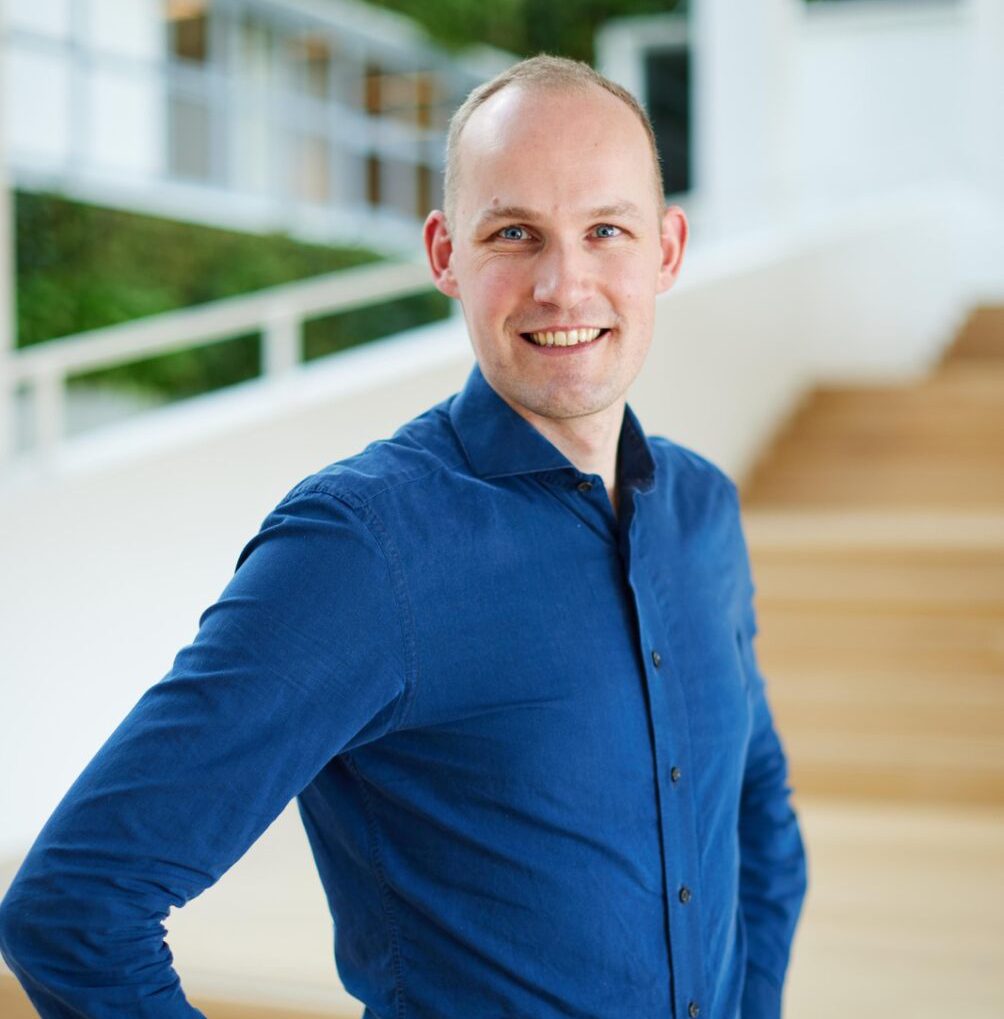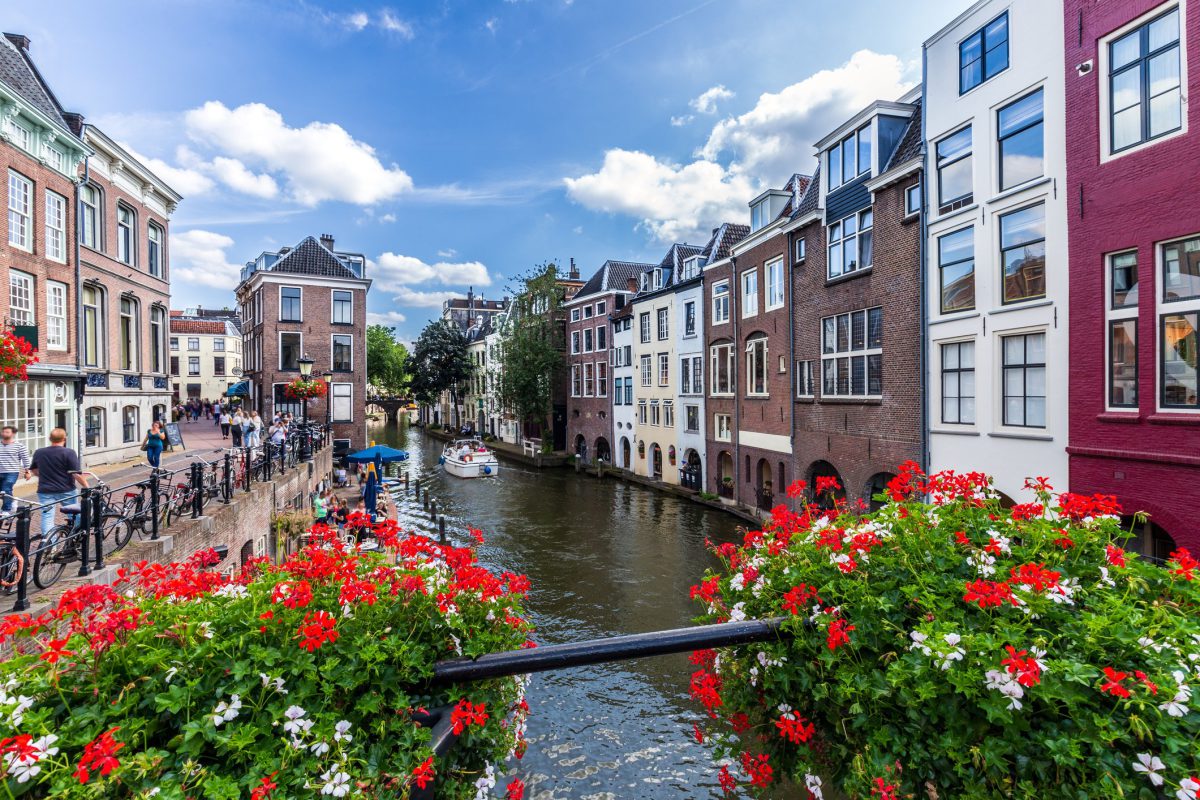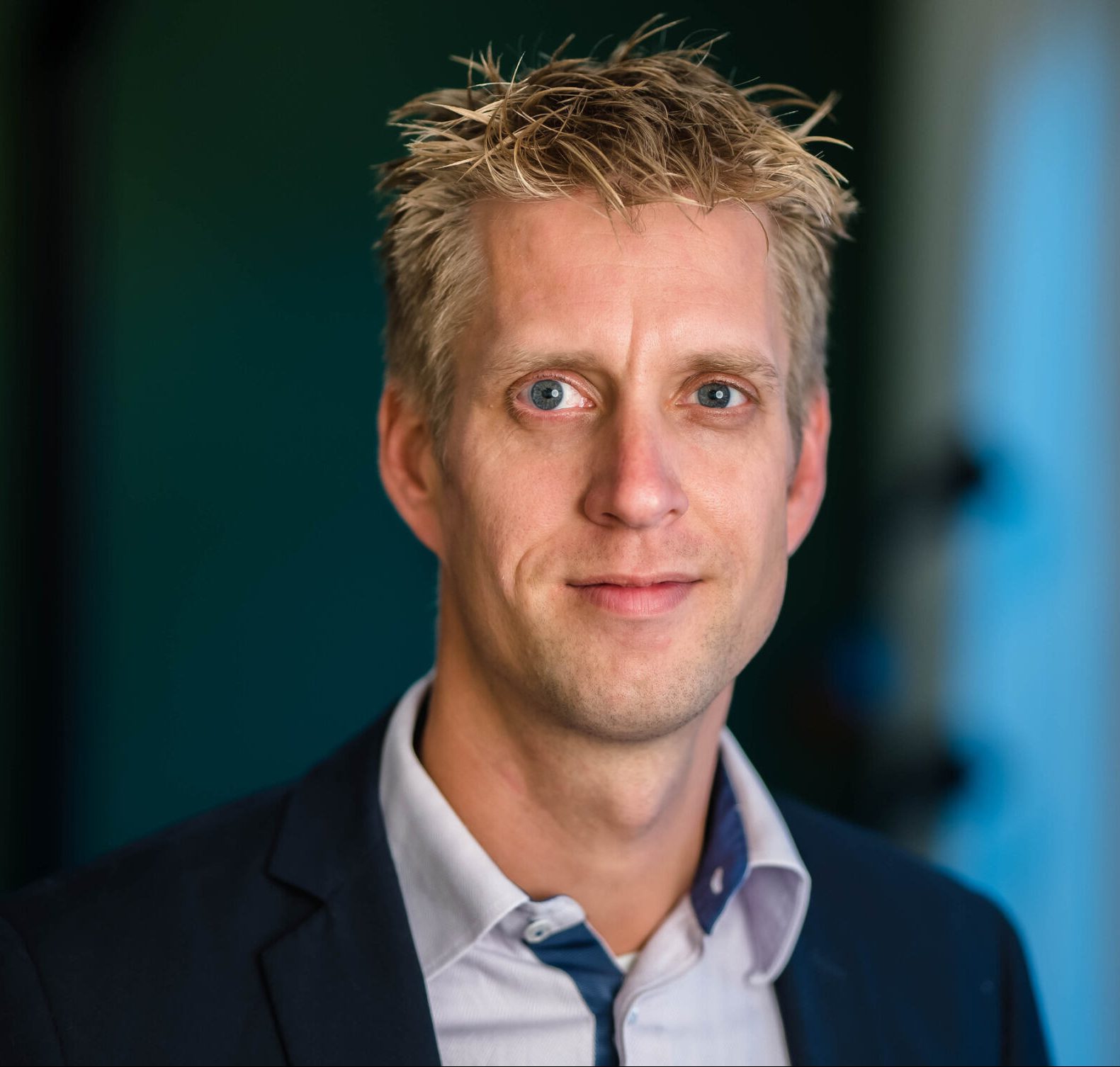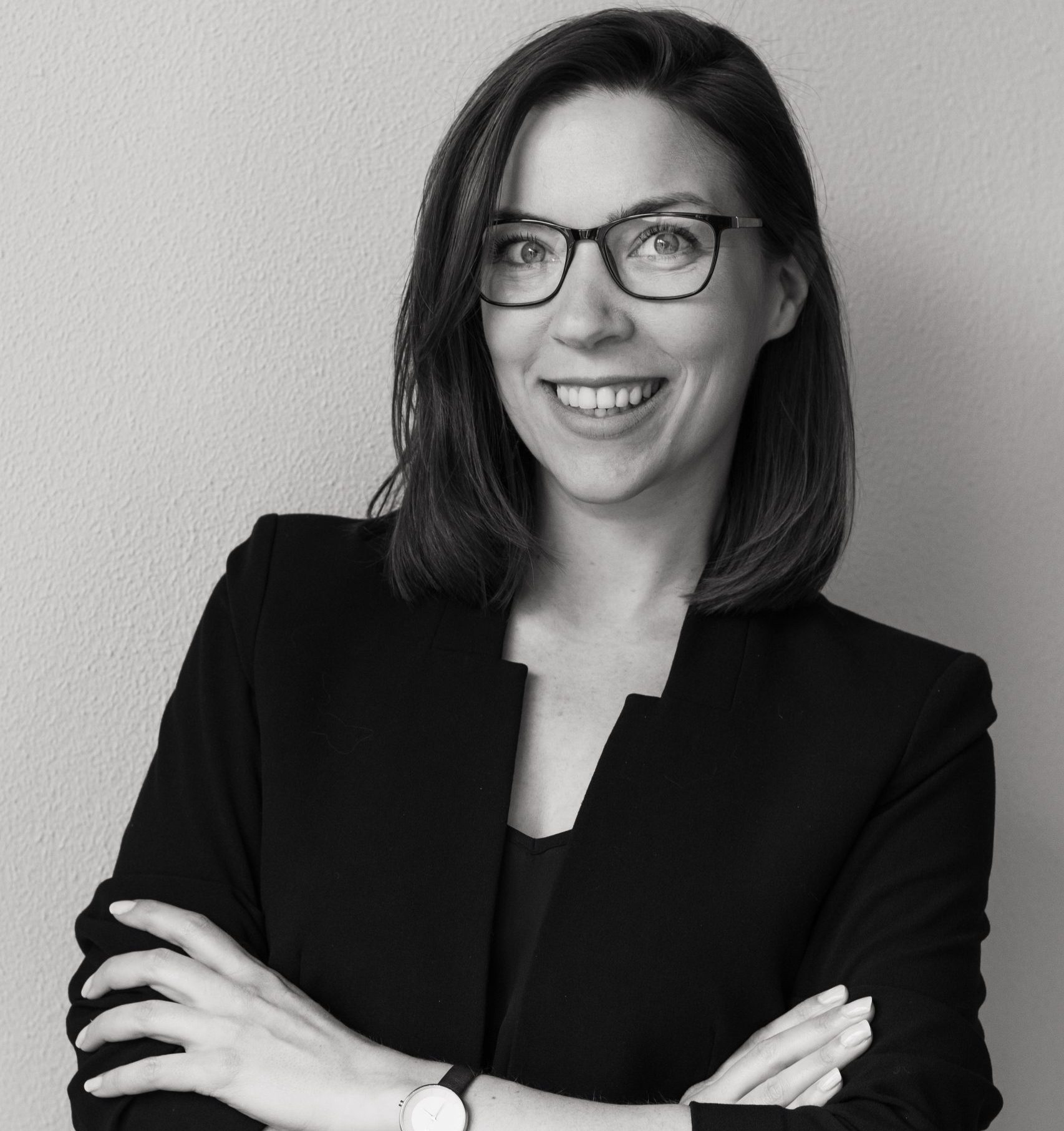Guideline “Space for Recreation & Tourism”
The Netherlands encounters major spatial and socio-economic challenges. Because physical space is limited, and budgets are constrained, recreation and tourism are commonly excluded in spatial planning. Smart combinations are essential to maximize investments and create multifunctional places that are valuable for both residents and visitors. Potentially, any landscape can be a leisure landscape, whether it is an urban landscape, a rural environment, or the areas in between. Thinking in terms of leisure landscapes is crucial, given the growing population, increasing recreational pressure, and the reduction of green recreational spaces. Moreover, an increase in overnight visitors is expected. The “Space for Recreation & Tourism (R&T)” guideline provides professionals with insights into what can be done from the recreation and tourism domain and how the connection with the spatial domain can be realised.
Reason
R&T and the spatial domain are fundamentally intertwined. The spatial quality of the living environment is a determining factor for the touristic and recreational attractiveness of a place, and space is needed to create attractive and recreational offerings. By linking R&T tasks to spatial tasks, opportunities arise to enhance the quality of the living environment and the experience for residents and visitors. Utilizing spaces for multiple purposes provides a way to address the increasing demand for more R&T areas. Although the value of connecting R&T with spatial tasks is clear, connections in both policy and practice between these areas are anything but obvious.
Problem solution
The guideline “Space for Recreation & Tourism” provides tools for embedding R&T within the spatial domain (encompassing nature, environment, soil, agriculture, climate, water, traffic and transport, spatial planning/development, housing, heritage, greenery, etc.). The guideline outlines what can be done within the R&T domain itself and how to establish connections with the spatial domain.
As highlighted in the guideline, doing nothing is no longer sustainable. Because;
- “Without actively incorporating recreational tasks into other spatial endeavors, the shortage of recreational space will further escalate.”
- “Without intervention, hotspots will continue to become overcrowded, adding pressure on communities and vulnerable locations, while areas needing a boost in terms of Comprehensive Well-being remain neglected.”
- “When R&T is not adequately considered in spatial planning and vision development, well-conceived plans may flounder during implementation, potential opportunities might be overlooked, or executed plans may lack sufficient experiential appeal. Consequently, governments fail to fulfill their obligation to enable societal and cultural enrichment and leisure activities (Constitution, Article 22, Clause 3).”
The project team consisted of:
- Stefan Hartman and Jasper Heslinga (NHL Stenden/ETFI): drafted the guideline.
- Daniek Nijland (HZ Knowledge Centre for Coastal Tourism)
- Jeroen Nawijn (BUAS)
- Martin Boisen (For the Love of Place)
- The Center of Expertise Leisure, Tourism & Hospitality (CELTH): undertook the design and publication.
The publication was initiated by the Leisure Network Netherlands (VTN), a joint initiative among provinces in the domain of recreation & tourism.
Approach
The project team conducted a variety of interviews with notable figures from the recreation and tourism sectors, as well as from the spatial domain of urban planning and spatial planning. Furthermore, interviews were conducted with experts from related fields such as water management, project development, and program management.
Results
The outcome of this project is a guideline published by CELTH. It serves as a manual for government officials involved in recreation and tourism who aim to seamlessly integrate this sector into spatial planning. The guideline was employed in a workshop format during the national Tourism Summit 2023, involving many industry professionals. Besides the publication, the project team presented the guideline at various events by invitation, such as to officials from the municipality of Tilburg.
This research project ran from December 2022 till September 2023






